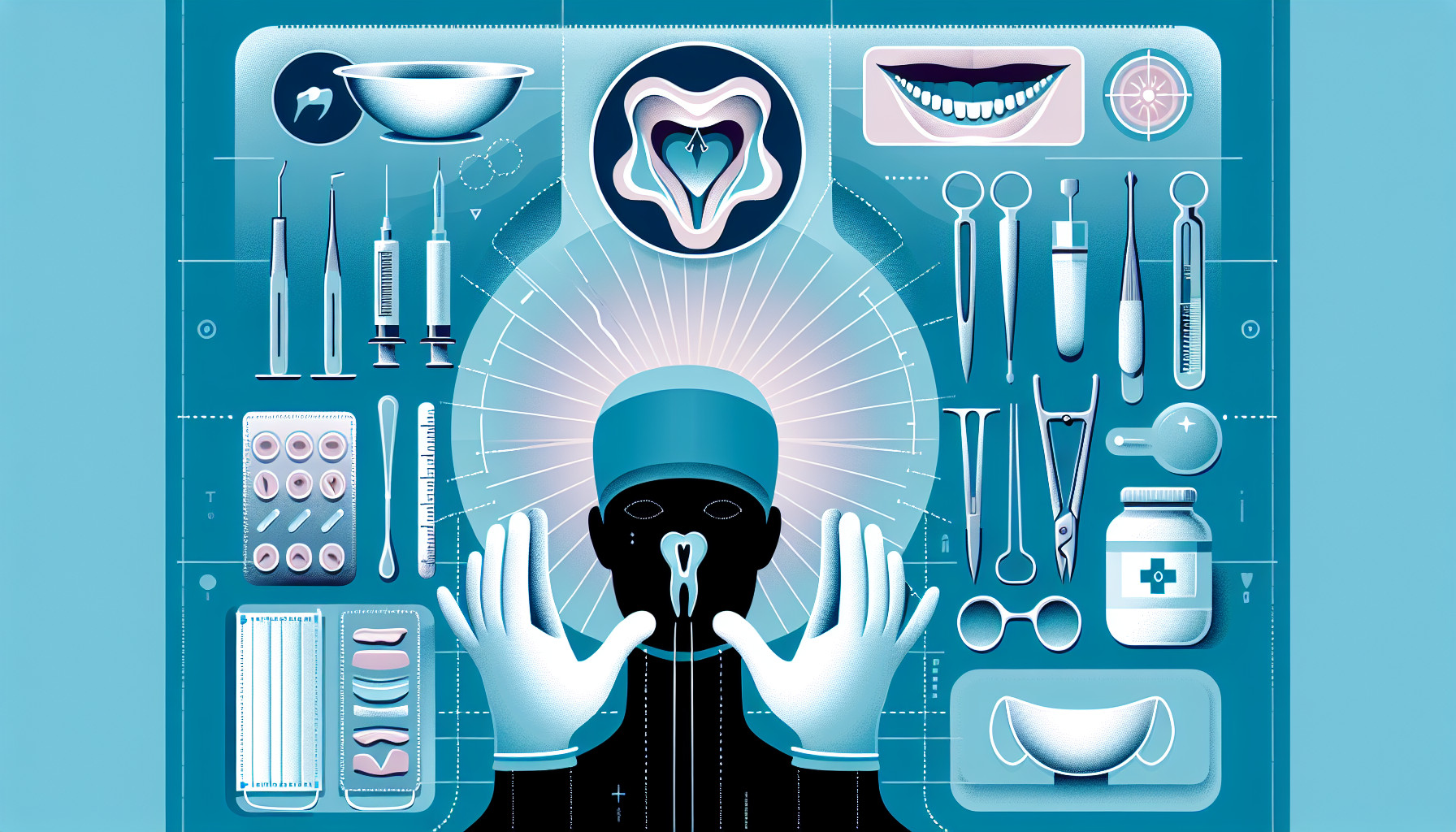Our Summary
This research paper is about a new method for automating the planning process for reconstructing the mandible (lower jaw) using fibula grafts (transfers of bone from the lower leg). The method uses a type of data model called an RDF(S) ontology, a 3D template of the mandible, and a calculator-optimizer algorithm. The ontology defines 244 different ways to reconstruct the mandible and 80 ways to optimize the process. The researchers tested this method on 164 simulated mandible reconstructions and found that it could automatically calculate a proposal for reconstruction in most cases. Three clinical experts evaluated the proposals and agreed that the method seems promising. The paper suggests that the method could be adapted for other applications because the computational logic and domain knowledge are kept separate, making it easy to maintain and reuse the method.
FAQs
- What is the new method for automating the planning process for reconstructing the mandible?
- How was the effectiveness of the new method for automating mandible reconstruction tested?
- Can the method for automating mandible reconstruction be adapted for other applications?
Doctor’s Tip
A helpful tip a doctor might tell a patient about oral surgery is to follow all pre-operative instructions provided by the surgeon, such as fasting before the procedure and avoiding certain medications. It is also important to inform the surgeon about any medications you are currently taking and any medical conditions you may have. After the surgery, follow all post-operative care instructions carefully, including proper oral hygiene and avoiding certain foods that may irritate the surgical site. If you experience any unusual symptoms or complications, contact your surgeon immediately.
Suitable For
Patients who may be recommended for oral surgery include those with:
Impacted wisdom teeth: Wisdom teeth that are unable to fully emerge through the gums can cause pain, infection, and damage to surrounding teeth. Oral surgery may be recommended to remove impacted wisdom teeth.
Tooth loss: Patients who have lost one or more teeth due to decay, trauma, or gum disease may be candidates for oral surgery to place dental implants or perform bone grafting procedures to support implants.
Jaw misalignment: Patients with severe jaw misalignment, also known as malocclusion, may require oral surgery to correct the alignment of the jaws and improve bite function.
Temporomandibular joint (TMJ) disorders: Patients with TMJ disorders that cause pain, clicking or popping noises, and limited jaw movement may benefit from oral surgery to repair or realign the jaw joint.
Oral pathology: Patients with oral lesions, tumors, or cysts may require oral surgery for biopsy, removal, or treatment of the abnormal tissue.
Facial trauma: Patients who have sustained facial trauma, such as fractures of the jaw, cheekbones, or orbital bones, may need oral surgery to repair and reconstruct the facial bones.
Sleep apnea: Patients with obstructive sleep apnea may undergo oral surgery to remove excess tissue in the throat or reposition the jaws to improve breathing during sleep.
Cleft lip and palate: Patients born with cleft lip and palate may require multiple oral surgeries throughout childhood and adolescence to repair the cleft and improve speech and facial appearance.
Overall, oral surgery may be recommended for a variety of conditions affecting the mouth, jaw, and facial structures, and can help improve function, aesthetics, and overall quality of life for patients.
Timeline
Before oral surgery:
- Patient consults with oral surgeon to discuss treatment options and create a treatment plan.
- Pre-operative appointments may be scheduled for dental exams, X-rays, and medical history reviews.
- Patient may be instructed to stop taking certain medications or to avoid eating or drinking before surgery.
- Surgery date is scheduled and patient receives instructions on what to expect during and after the procedure.
After oral surgery:
- Patient is monitored in the recovery room until they are stable and ready to be discharged.
- Patient may experience pain, swelling, and discomfort in the days following surgery.
- Follow-up appointments may be scheduled to monitor healing and remove stitches.
- Patient may be prescribed pain medication, antibiotics, and instructed on how to care for the surgical site.
- Patient gradually resumes normal activities and diet as instructed by the oral surgeon.
- Long-term follow-up appointments may be scheduled to monitor the success of the surgery and address any complications.
What to Ask Your Doctor
What are the potential risks and complications associated with this specific type of oral surgery?
How long is the recovery process expected to be, and what can I do to help facilitate a smooth recovery?
Will I need any special accommodations or modifications to my diet or lifestyle after the surgery?
What are the expected outcomes and success rates of this type of oral surgery?
How many times have you performed this specific type of oral surgery, and what is your success rate?
Are there any alternative treatment options available, and what are the pros and cons of each?
Will I need to undergo any additional procedures or follow-up appointments after the surgery?
What type of anesthesia will be used during the surgery, and what are the potential side effects or risks associated with it?
How long will the surgery take, and will I need to be hospitalized overnight?
Are there any specific pre-operative instructions or preparations I should be aware of before the surgery?
Reference
Authors: Hagen N, Weichel F, Kühle R, Knaup P, Freudlsperger C, Eisenmann U. Journal: Int J Med Robot. 2023 Dec;19(6):e2545. doi: 10.1002/rcs.2545. Epub 2023 Jul 3. PMID: 37395309
